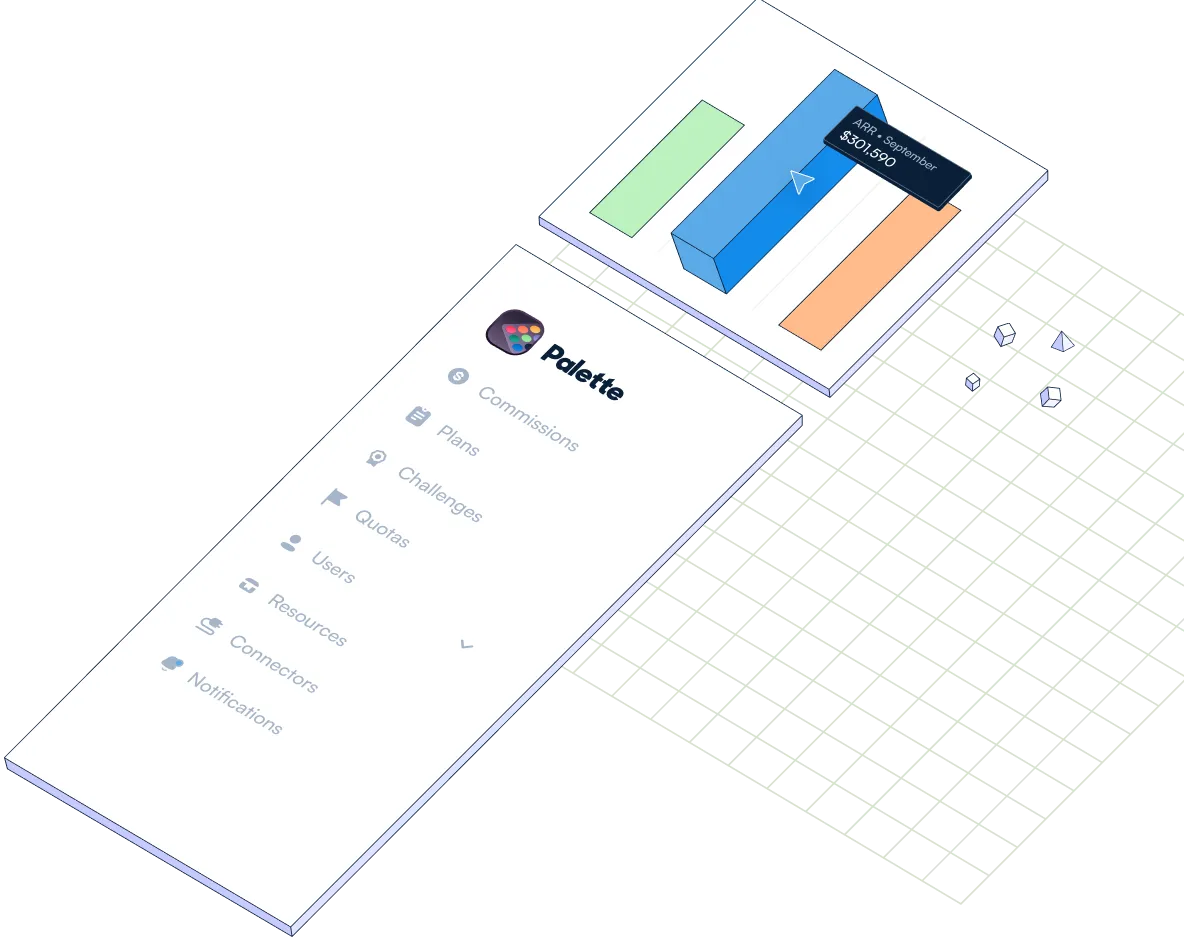Finance Processes You Should Automate
What is Finance Automation?
Finance automation refers to automating manual or complex processes in a finance department in order to streamline them, saving time and resources. This often reduces errors from manual work, and frees up time for finance staff to focus on higher value and more strategic tasks. Finance automation is essential to efficient management and maintaining competitiveness in today’s business environment.
Here’s a list of 30 processes for finance departments to consider automating.
1. Data entry and reconciliation:
- Invoice data entry automation using OCR technology
- Bank statement reconciliation automation
- Automated data entry from receipts and other financial documents
2. Expense management:
- Automated expense report creation
- Approval workflows automation
- Receipt processing through scanning and OCR
- Integration with corporate credit cards for automated expense tracking
- Reimbursement automation for employee expenses
3. Accounts payable and receivable:
- Automated invoice processing, matching, and validation
- Payment reminders automation for customers
- Payment processing automation using electronic methods (EFT, ACH)
- Vendor onboarding automation
- Automated invoice dispute resolution
4. Financial reporting:
- Automated report generation and distribution
- Real-time data consolidation from various sources
- Automated compliance reporting (tax filings, regulatory disclosures)
- Financial statement consolidation automation
- Key performance indicator (KPI) tracking and reporting automation
5. Budgeting and forecasting:
- Automated data collection from financial systems
- Scenario modeling and analysis automation
- Workflow automation for budget approval processes
- Rolling forecasts automation
- Driver-based budgeting automation
6. Compliance and regulatory tasks:
- Tax preparation and filing automation
- Compliance monitoring and alerts
- Document management automation for compliance-related documents
- Internal financial compliance audit automation
- Regulatory change tracking and analysis automation
7. Financial analysis:
- Automated data extraction and analysis
- Financial modeling and simulation automation
- Advanced analytics for trend analysis and anomaly detection
- Automated forecasting and predictive analytics
- Performance benchmarking and reporting automation
8. Sales commission calculations:
- Commission plan management automation
- Integration with sales data for automated calculations
- Commission statement generation and distribution automation
- Payout processing automation for commissions
9. Fixed asset management:
- Automated tracking of asset acquisition, depreciation, and disposal
- Maintenance schedule automation for fixed assets
- Depreciation calculations automation
- Asset inventory tracking automation
10. Cash flow forecasting:
- Automated cash flow projection generation
- Integration with financial data for accurate forecasting
- What-if scenario modeling for cash flow analysis
- Real-time cash flow monitoring and reporting
11. Credit management:
- Automated credit assessment and scoring
- Credit limit calculations and adjustments automation
- Customer risk analysis automation
- Integration with credit bureaus for real-time credit information
12. Intercompany transactions:
- Automated recording and reconciliation of intercompany transactions
- Elimination entries automation for consolidated financial statements
- Intercompany billing and settlement automation
13. Vendor management:
- Automated vendor onboarding and due diligence processes
- Contract management automation
- Vendor performance tracking and evaluation automation
- Automated vendor payment processing
14. Financial compliance audits:
- Automated internal audit processes and workflows
- Data analysis and anomaly detection automation
- Compliance reporting automation
- Audit trail and documentation automation
15. Currency exchange and hedging:
- Automated currency exchange rate updates
- Integration with financial systems for automated hedging activities
- Real-time foreign exchange risk monitoring and reporting
16. Revenue recognition:
- Automation of revenue recognition processes based on accounting standards
- Integration with sales and billing systems for automated revenue recognition
- Automated calculation of deferred revenue and recognition schedules
17. Risk management:
- Automated risk assessment and monitoring
- Market risk analysis and reporting automation
18. Payroll processing:
- Automated calculation and processing of employee salaries, taxes, and deductions
- Integration with time and attendance systems for accurate payroll data
- Direct deposit and automated pay stub generation
19. Financial statement generation:
- Automated generation of financial statements, such as income statements, balance sheets, and cash flow statements
- Integration with accounting systems for real-time data updates
20. Investment portfolio management:
- Automated tracking and management of investment portfolios
- Real-time valuation updates and performance reporting
- Automated trade execution and settlement
21. Risk assessment and mitigation:
- Automated risk assessment processes, including identification, analysis, and evaluation
- Risk mitigation strategies and action plan automation
- Integration with risk management software for comprehensive risk monitoring
22. Financial close processes:
- Automated closing tasks checklist and workflows
- Automated reconciliation of accounts and intercompany transactions
- Period-end adjustments and accruals automation
23. Contract management:
- Automated contract creation, approval, and tracking
- Contract renewal and expiration notifications
- Contract compliance monitoring and alerts
24. Tax compliance:
- Automated tax document generation (e.g., W-2, 1099)
- Integration with tax filing software for automated tax return preparation and filing
- Automated tax provision calculations for financial reporting
25. Treasury management:
- Automated cash positioning and cash flow forecasting
- Integration with banking systems for automated bank statement import and reconciliation
- Automation of cash and liquidity management processes
26. Financial controls and audit trails:
- Automated implementation of financial controls and segregation of duties
- Audit trail automation for transaction tracking and documentation
- Workflow automation for review and approval processes
27. Insurance management:
- Automated tracking and management of insurance policies and renewals
- Claims management automation
- Integration with insurance providers for real-time policy updates
28. Cost allocation and profitability analysis:
- Automated cost allocation methodologies and calculations
- Profitability analysis automation by product, customer, or business segment
- Integration with operational systems for accurate cost data capture
29. Capital expenditure management:
- Automated capital budgeting and approval workflows
- Integration with project management systems for automated tracking of capital projects
- Automated depreciation tracking and capitalization of assets
30. Financial forecasting and scenario analysis:
- Automated financial forecasting models using historical data and assumptions
- Scenario analysis automation to evaluate the impact of various financial scenarios on business performance
- Real-time updates and dynamic adjustments to forecasts based on changing market conditions
This list is by no means exhaustive, but can be a starting point when considering where to start with automation in your finance department. As you prioritize the list, consider what areas take up the most time from your team today, as well as where there are the most complexity or errors. The goal of automation is to reduce manual effort and manage complexity, so these are often great starting places for automation, and can help improve productivity, creativity, and boost morale on the team.
Why Palette?
Automate calculations
Automate sales commission payments. Create commission rules, define a payout schedule and access monthly statements for each sales rep.
Motivate and coach with real time dashboards
Motivate sales professionals with real-time visibility into commissions. Coach your team, align everybody with company goals and drive long term sales performance.
Compare, simulate and design commission plans
Roll out new commission plans with ease. Compare plans and simulate new rules with a single click.
No more errors
Palette keeps history logs and tracks every calculation detail, helping you to reduce sales commission errors.
Reconcile revenue with CRM data
With Palette you can reconcile invoices and payments with CRM data and pay commissions to your reps only when the money is in the bank.
Create challenges with one click
Incentivize your teams on short term goals. Create a challenge targeting any KPI you want to uplift, drive better results and boost your company’s culture.

Loved by teams and companies you know

















Ready to try
Palette?
